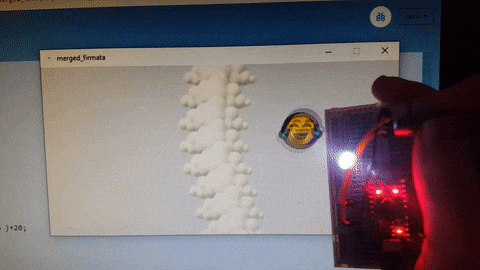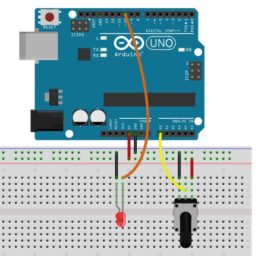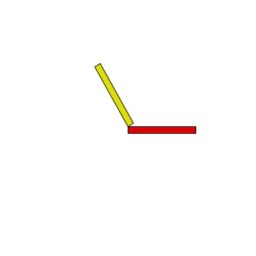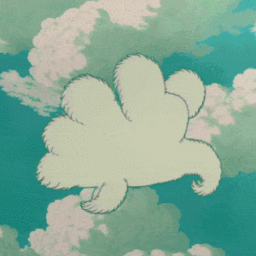This first minimal approach to interface alternative user interface elements, like potentiometers or sensors comes along with a proper oldschool …

This first minimal approach to interface alternative user interface elements, like potentiometers or sensors comes along with a proper oldschool Firmata/Arduino/Processing pipeline. Also check out the minimalistic custom firmata for flickerless LED action 😉 >>> https://turboflip.de/processing2arduino-firmata-basic-setup/
Assets needed:
import processing.serial.*;
import cc.arduino.*;
Arduino arduino;
int led_pin = 10; // testLED on pin 10!
int analog_pin = 0; // analog input from poti on A0
void setup() {
// fullScreen();
size(600,300); // setup the stage size
background(22);
// Prints out the available serial ports.
println(Arduino.list());
// initalize Arduino ( pick first COM device > need to be changed if u have more! )
arduino = new Arduino(this, Arduino.list()[1], 57600);
// set the LED pin to output mode
arduino.pinMode(led_pin,Arduino.PWM);
print(" >>> --- Arduino says Hello ;) -- >>> ");
println(arduino);
gamesetup();
}
void draw() {
gameloop();
}
// ------------------------------------------------------
// ---------------------------------------------------------
PImage myimg; // global variable of my loaded images
PImage mycloudimg;
float paddlex = 200; // position of my paddle
float accx = 3;
float accy = 3;
// current ball position
float posx = 200;
float posy = 200;
void gamesetup(){
// load the image
myimg = loadImage("emoj.png");
mycloudimg = loadImage("fluffy_cloud1.png" );
// set a random acceleration
accx = random(1,3);
accy = random(1,3);
println(" game setup done ");
}
void gameloop(){
// add acceleration to my position
posx += accx;
posy += accy;
// reflection behaviour
if( posx > width -80 || posx < 0 ){
accx *= -1.03;
accx += random( -.4,.4 );
}
if( posy > height-80 || posy < 0 ){
accy *= -1.03;
accy += random( -.4,.4 );
}
// get the poti value here and savbe it in paddlex
int potiIn = arduino.analogRead(analog_pin); // read poti value > outputs 0 - 1024
// map the input value from 0-1024 to 0-400
paddlex = map(potiIn, 0, 1024, 0 , width);
float absx = abs(paddlex - posx);
if(absx<80){
arduino.analogWrite(led_pin, 0);
background(22);
}else{
arduino.analogWrite(led_pin, 255);
background(222);
}
// draw the sun ---------
image( myimg,posx,posy, 80, 80 );
// draw a stack of clouds
for(int i=0;i<9;i++){
float xoff = sin( millis()*.004 + i*.5 + paddlex*0.05 )*20;
image(mycloudimg, paddlex + xoff,i*40-40, 140,90);
}
}




